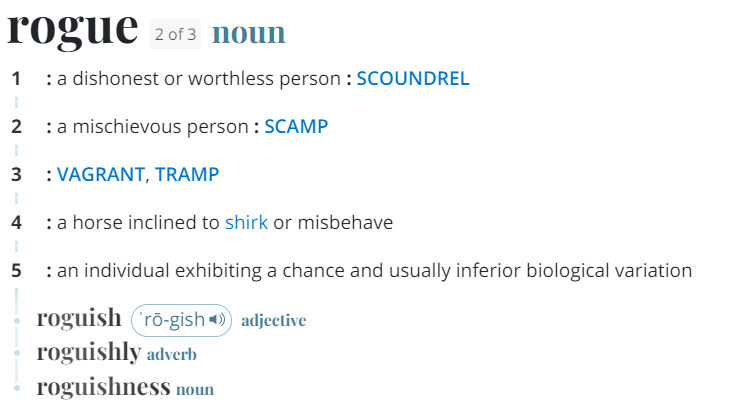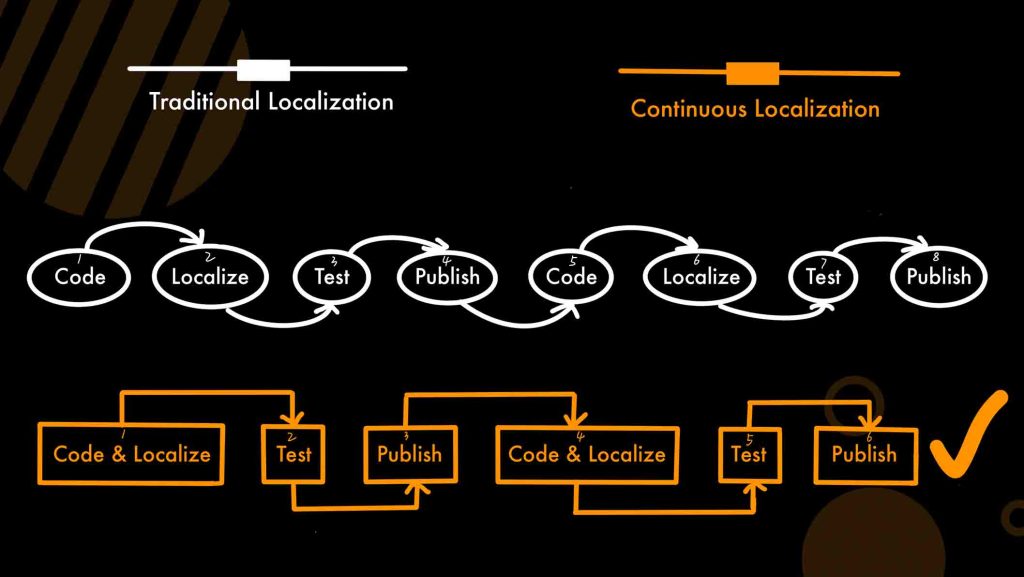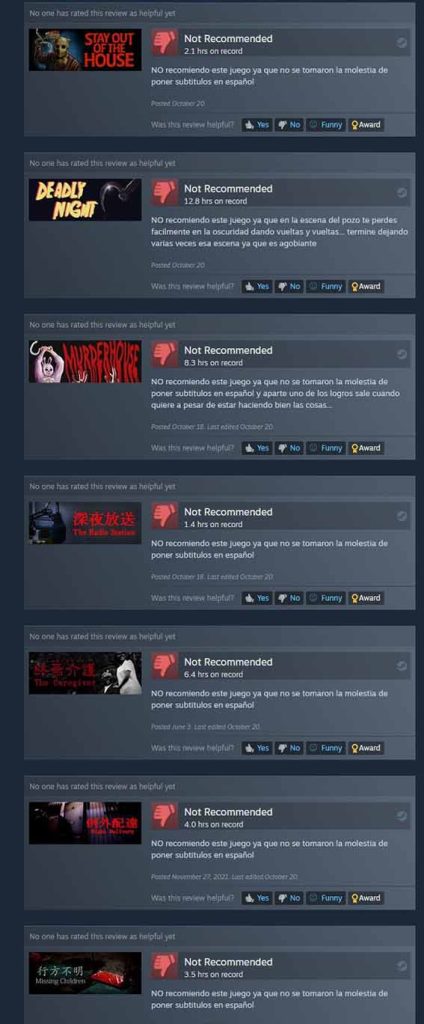Before jumping into the 7 video game localization challenges you will face, let’s set a working definition.
We will cover two crucial questions:
- What exactly do we mean by video game localization?
- And why should you even care about it?
What is video game localization?
- The text (menus, quests, items, etc.).
- The audio (dialogues, sound effects, etc.).
- The gameplay (more fast-paced, more community, etc.).
- The art (cultural references, censorship, etc.)
- The pricing (Vietnamese gamers can’t pay the same prices as American gamers).
Why does video game localization matter?
- 60% of consumers value their ability to get information on a product (i.e., a game) in their language more than price.
- 70% of consumers prefer to spend time on a website in their language rather than English.
The 7 video game localization challenges
1. Quotes
Literal translations can create entirely different meanings. Consider this Chinese quote:
“情人眼里出西施.”
“Qing ren yan li chu xi shi.”
Now, the literal translation:
“In the eyes of loved ones, Xi Shi appears.”
Did that make sense to you? Because it certainly didn’t to us.
A better translation would be, “The loved ones are always more beautiful than others.” Although it strays from a literal interpretation of the source text, it captures the intended meaning.
The thing is, Xi Shi is a Chinese historical figure who represents love. But, as famous as she is in China, Xi Shi is unlikely to foster any reaction from non-Chinese audiences.
2. Slang
Among the top video game localization challenges, slang is one of the trickiest. Every language has one and it’s typically new and ever-changing.
It rarely, if ever, has a direct counterpart in other languages. The meaning of each term can be subtle and quirky, and a few years later, it may come to mean something different.
To make matters worse, gaming carries its colorful vernacular that varies from one gaming subculture to another. That’s why gaming localization can be tricky to get right.
For instance, RPGs and their communities have their own vocabulary. These words are born out of the need to describe the unique characters and archetypes of the genre.
Let’s look at a quick example: The rogue.
This word is a common character type that any RPG fan can instinctively understand. But if a translator with no RPG or gaming experience were to translate it, they would stumble. Let’s look at what they might find in an online dictionary.

Another great example is the MOBA genre. If you’re not familiar with it, this category includes hyper-popular games like DOTA or League of Legends. In this genre, the following terms are prevalent:
- Gank.
- Carry.
- Tank.
- Lane.
- Push.
As you can imagine, “tank” does not refer to a military vehicle. Instead, it refers to a specific type of character. This archetype’s role is to protect his teammates and soak up plenty of damage. Their defining characteristic is their durability.
“Push” does not mean the act of pushing another character away, far from it. Instead, it means a team’s systematic and coordinated attempt to attack specific enemy objectives.
The term “lane” might be the easiest one to guess. It refers to distinct paths in the game map.
As you can see, if a translator only looks at the source text, he will fail. Translators must play the game in both languages to have the necessary knowledge to succeed.
On top of that, slang carries cultural and legal weight behind it. There may be illegal terms that you did not consider during the game development process. For instance, references to alcohol may not be allowed in some countries, even if they are an inherent part of your game’s lingo.
3. Coding
As you know, coding mistakes can cause in-game issues and affect the gaming experience. Every gamer worth their salt has experienced the infamous blue screen of death or similar crashes.
But, what may be less common are language issues in the code. For example, if your gaming journey was interrupted by symbols like these:
���
Then, it means there is no encoded match in the target text for the characters from the source text.
A similar error can happen for issues with the font. Sometimes, its design is too exaggerated and artistic. And it does not have a match in the target language. In this situation, gamers may see these symbols □□□ on the screen.
Chinese and Arabic are good examples. Their fonts provide lower degrees of freedom than Latin scripts.
4. Placeholders
Placeholders are short code put in sentences that will be replaced by in-game texts, for example, %s, %1$@.
These placeholders should become actual, real values in-game, not just symbols. These values can represent dynamic or imported values by players, including name, date, figures, texts, etc.
Translators should never delete or alter placeholders during the localization process. Otherwise, the changes will create in-game bugs. For example, a common way of rewarding a gamer is by giving them gold coins after a quest. In this context, a placeholder could appear as “you get %s GOLD.”
But your gamer will never receive his reward if the placeholder gets deleted. And as you well know, a broken quest leads to angry gamers.
Translators must be very careful. Not only are placeholders critical, they are easy to mess up. They tend to come in text form. So, accidentally deleting them is easy.
5. Format issue
During video game localization, format issues are not uncommon. And that’s due to the difference in language length.
For example, the string length in English differs from that in Greek. These differences can be up to 300%. That’s another reason to steer clear from literal translations and focus on meaning and form.
The picture above illustrates the differences between English and Russian script. As you can see, when you translate “See you next time” from English into Russian, the Cyrillic script is too long for the textbox.
This overflowing issue may seem insignificant, but it gives your game an unpolished look. And if it repeats itself a lot, your gamers won’t be excited about it.
On top of that, some languages are written from right to left rather than left to right, which can add to the confusion. For example, Arabic and Hebrew. If you are unaware of these differences ahead of time, it may mean redesigning your entire UI. And that’s just a major headache.
6. Delayed Launches
7. Target segment
What does marketing have to do with localization?
Everything.
Think about it. Suppose a localizer does not fully understand your targets and how they talk or like to hear. In that case, they may translate your content too rigidly or informally. There is always more than one way of translating a given word, and the more we know about the target audience, the more accurate the result.
It can also help you select which languages to translate your game into. Only some languages are worth the money. Rogue-likes aren’t popular everywhere. And simulators may be more popular in some regions than in others.
That’s why this video game localization challenge has everything to do with research. You absolutely should spend some time thinking of your ideal gamer.
Here are some examples of the questions that can help you think?
- What are the popular games in that market?
- How competitive is it?
- What are some cultural differences you need to consider?
- What platforms do they use?
You can reduce localization costs by taking the time to consider these questions.
If you have the budget, you can translate your game into the major languages (English, Chinese, Spanish, Russian, German, and Arabic). By targeting these languages, you can reach a large world population.
Or, you can aim for emerging markets since they are growing and less competitive.
For instance, as gaming localization companies tell us, Southeast Asia is one of the most exciting regions for gaming. It has an expected annual growth rate of 8.5%.
Furthermore, Indonesia, the largest gaming industry in Southeast Asia, grew 31.1% in one year from 2019 to 2020.
According to Statista, India is also a terrific choice. Ranking 6th in revenue (2021), they are quickly becoming a dominant market.
You can also pick more mature markets, such as China, Japan, and South Korea, which rank 1st, 3rd, and 4th in video game revenue (2021).
If you prefer European nations, 3 nations (Germany, France and the UK) are in the top 10. But keep in mind that these 3 only amounted to 15% of the revenue generated by Asian nations.
Video game localization best practices
Brevity
There is one rule for game localization services—keep it simple. As you know, the UI of any given game is limited. That is especially true for mobile games. As such, you should limit your content’s size and length.
For translators, complicated content can make it difficult to fit into text boxes. It may also negatively impact the user experience. Think about it: When someone is playing a game, they need to process a lot of information. Dozens of real-time interactions, from fights to dialogues and everything in between.
If the content is excessive, gamers may feel overloaded and will only digest some of the information in your game. At best, they may start skipping dialogues, and at worst, they may give up on your video game. Keeping your content short can help players stay engaged and digest the game smoothly.

Transcreation
We’ve touched on this before, but you can solve many video game localization challenges by transcreating.
The vocabulary used in video games is particular. It is unlikely to have a direct translation into your target language. Transcreation can express your characters’ tone, emotions, and cultural backgrounds. It can paint a picture that cannot be fully captured by a literal translation.
Consider the many in-game elements you need to translate (characters, weapons, skills, upgrades, regions, cities, etc.). Relying on more than plain translation is the smart choice.
For example, if you have a character called “Powerful Titan,” a direct translation into Chinese will not fit. Yes, we know there are better names than this one. But just tag along.
Instead, you can pick an original name in Chinese that befits your character’s style. In this case, he exudes power and strength. There are countless great names that you can pull from Chinese folklore to fit this type of persona. Although it is not a direct translation, it has a higher chance of resonating with Chinese gamers.
If you intend to rely on gaming localization services, hire a team that can transcreate. The localizers can fully transfer your character’s charisma by recreating your content in your target language.
Continuous localization

This process needs to take place for every batch of new code. Of course, if there are any issues along the way, you must start from step 1, which wastes a lot of time.
But continuous localization allows you to integrate localization with game development. The two teams can work in parallel, saving you a whole step. Compare the two processes below.

Continuous localization helps gaming localization companies to utilize their resources more effectively. It creates a more efficient localization process that bypasses delays and increases flexibility.

Use tools
Localization is very familiar with automation. Using AI tools is a must when dealing with frequent updates and large volumes of work on many projects at once.
Granted, AI is far from being the only tool in a localizer’s toolkit. Computer-assisted translation (CAT) tools are a fantastic non-AI example. They can simplify the translation tasks at different stages of localization.
Trados is the most famous CAT tool out there, and for good reason. It relies on translation memory technology. As its name indicates, this tech memorizes words from previous projects. And when translators tackle a new project, they can lean on this memory instead of starting from scratch. As a result, you can improve your team’s productivity and consistency.
Trados also has a cloud-based system that allows users to check the translation, review, and management process of projects. You can access it on both computers and mobile devices. This centralized system allows every team member to work in a secure environment.
Be a gamer
Key Takeaways
- CAT tools and continuous localization are vital to solving issues caused by technical challenges (coding, placeholders, format issues)
- For linguistic challenges (quotes, slang), translators should combine both brevity and creativity in practice.
- Transcreation is important. There needs to be more than word-for-word translation to deliver good gaming localization services.
- The ultimate goal of gaming localization is to engage with the audience and create a better gamer experience.
- You can only truly localize a game only when you start to play the game.
Sometimes, leaving it to the professionals can be easier.








